
Accelerated testing and production create challenges in documenting product quality.

Jill Wechsler is BioPharm International's Washington Editor, jillwechsler7@gmail.com.

Accelerated testing and production create challenges in documenting product quality.

FDA plans to issue a number of new guidances in 2014 that will address drug development and manufacturing practices.

Regulators work with manufacturers to improve systems for measuring product performance and manufacturing reliability.

FDA details efforts to evaluate potential risks from use of nanomaterials in drug products and discuss analytical considerations, impact on stability, safety, and toxicology effects.

OGD is under pressure to improve review operations.

New policies and products seek to maintain access to pain medicines while curbing rampant abuse.

Legislators agree on a limited bill affirming FDA authority over compounders while setting up a process for national drug tracking.

PhRMA report reflects robust R&D in vaccine development.

Manufacturing standards are considered key to preventing drug recalls and shortages.

Updates on user fees, heparin supply concerns, orphan drug incentives, REMS updates, reference standards for proteins, and patent settlements.

New FDA supply chain policies aim to strengthen inspection and oversight processes.

FDA funds research to further development of innovative generics, while working to address review and approval issues.
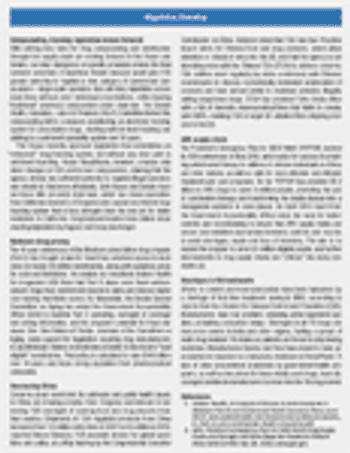
Increased manufacturer outsourcing requires clear policies and written agreements with CMOs.

Bills to regulate drug compounding and establish a national track and trace system face political and policy differences.
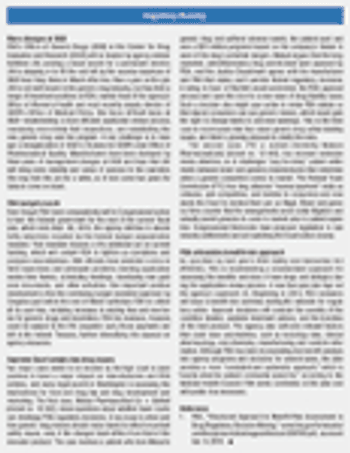
Manufacturers work with international authorities to harmonize drug registration and supply-chain oversight.

Opioid abuse generates calls for efforts to curb distribution.
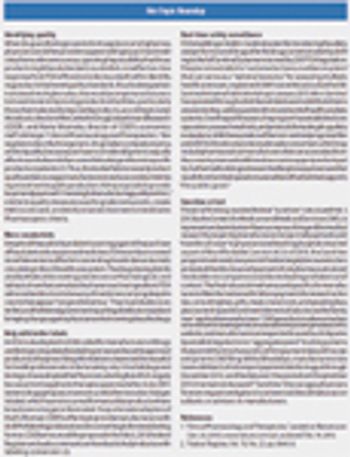
Vaccine development is benefiting from manufacturing advances.

Shortages spur efforts to overhaul manufacturing oversight.
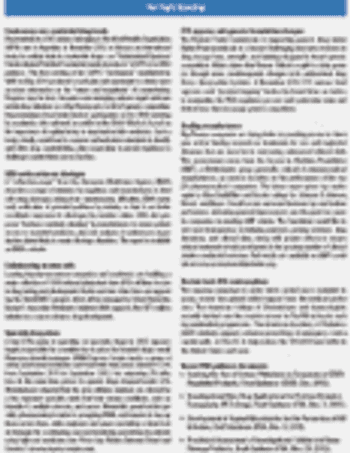
Shortages spur efforts to overhaul manufacturing oversight.

White House and Congress likely to struggle over funding for bio/pharmaceutical regulation.
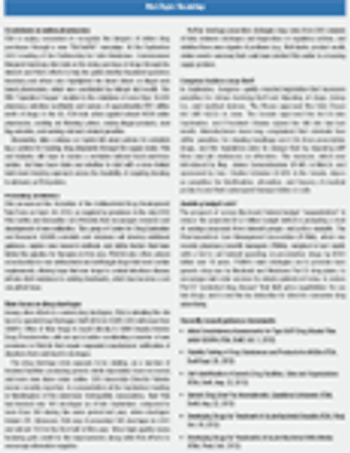
Manufacturing and in-depth characterization provide basis for demonstrating product equivalence.
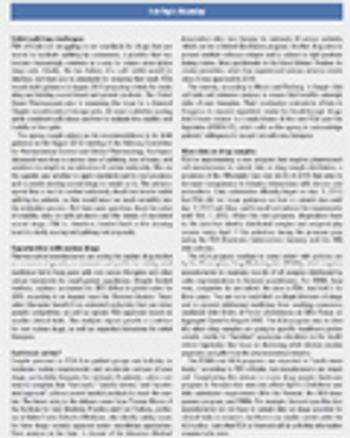
User fees aim to speed approvals and support inspections.
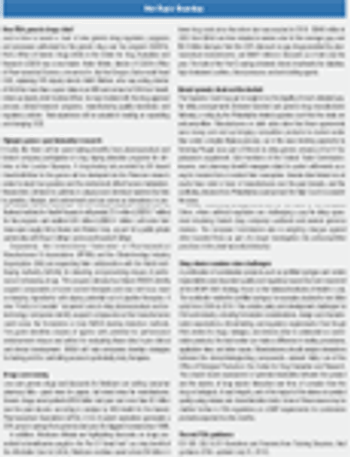
Manufacturers and regulators struggle to control phony versions of crucial medicines.

Import controls and risk strategies aim to promote quality and spur new drug development.

Now that the Supreme Court has upheld the Affordable Care Act, what's next for biopharma?


Multiple initiatives are moving forward to maintain US leadership in biopharm R&D.

In a 5–4 vote, the Supreme Court has ruled in favor of the Constitutionality of the Affordable Care Act.

In a special anniversary interview, Washington Editor Jill Wechsler speaks with with FDA Deputy Commissioner Deborah Autor about where the agency is headed.
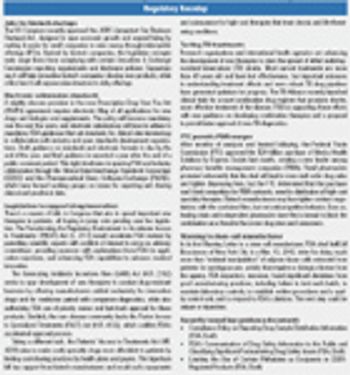
Manufacturers seek clear path to develop safe-use approaches for more risky OTC therapies.